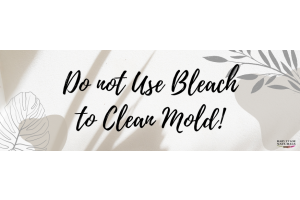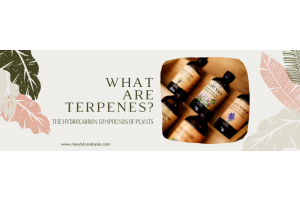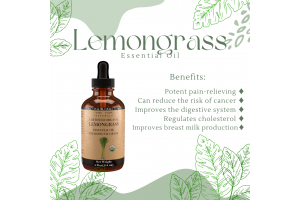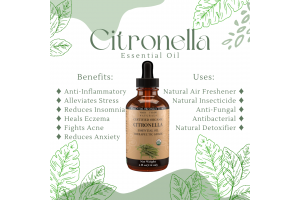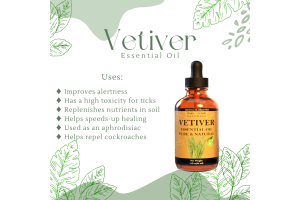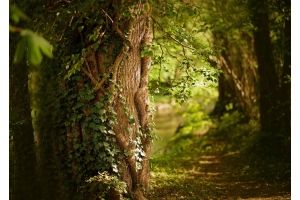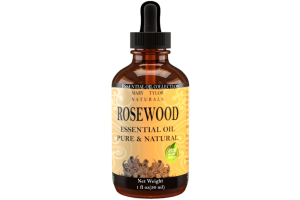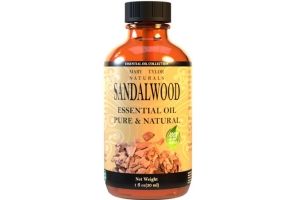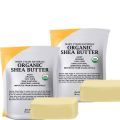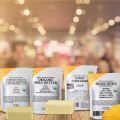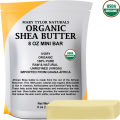What is the difference between white and yellow beeswax?
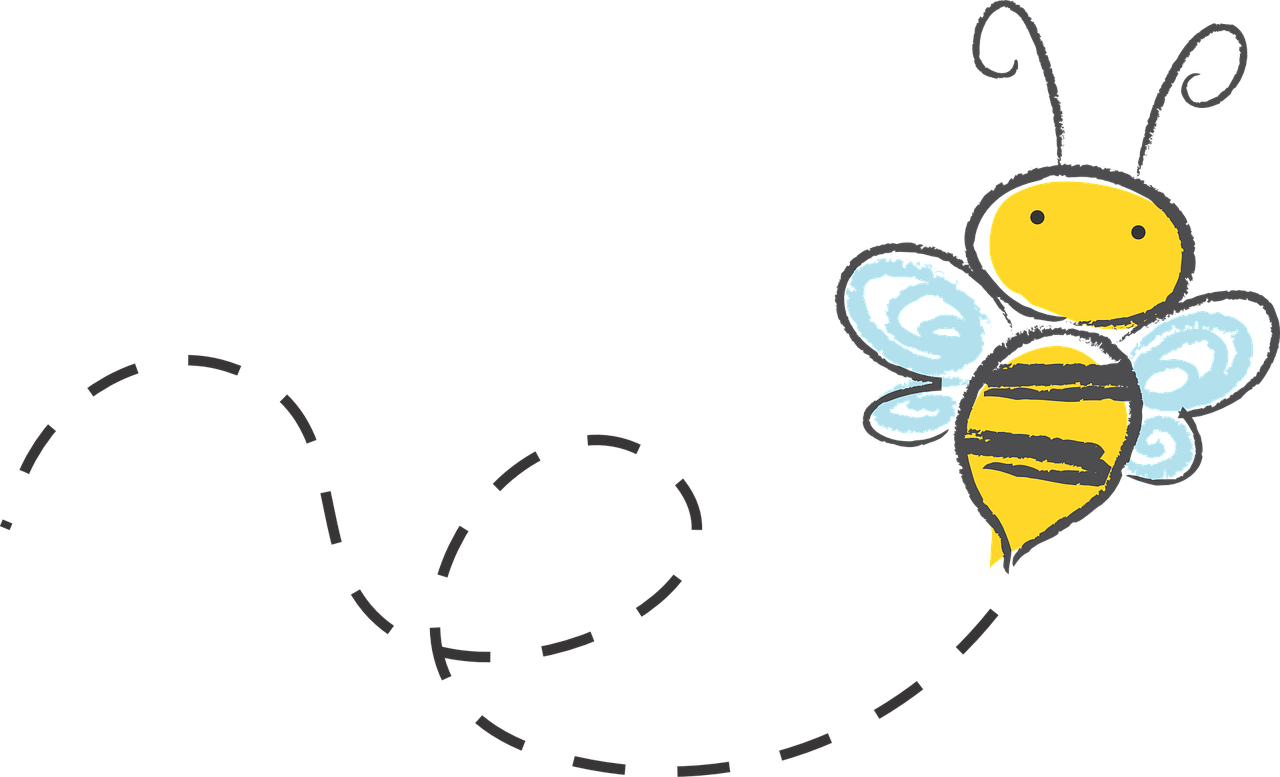
Beeswax is a substance produced by worker bees, which is secreted by glands on the bee’s abdomen. It is naturally a yellow-brownish color, but can also be purified to different shades of yellow or even white.
What is the difference between white and yellow beeswax?
White and yellow beeswax pellets differ in color based on the filtration process. White beeswax is turned white after undergoing a pressure-filtration process. Yellow beeswax is typically processed less and therefore left in its more natural state.
Which Beeswax should you use?
Choosing the right beeswax product is dependent on what you are using the beeswax for. It is important to choose a pure, 100% organic natural beeswax product that does not contain other filler ingredients. Be sure you research the quality of the beeswax you are purchasing. Mary Tylor Naturals proudly offers a USDA certified beeswax product in both white and yellow pellets.
White beeswax is great for projects such as candle making because you can create lots of different colored candles with natural mica powder. Beeswax candles are naturally hypoallergenic and emit negative ions into the air, which have various health benefits.
Yellow beeswax can still be used for candles, but will not showcase the colors in the mica powder as well as a white beeswax base will. White beeswax is typically chosen for aesthetic reasons.
Both yellow and white beeswax can be used for creating holistic products such as lip balms, lotions, soaps and as previously mentioned, candles.
Again, before choosing a beeswax product be sure it is authentic and does not contain filler ingredients.
We are proud to offer both white and yellow beeswax that is 100% natural and USDA certified.

